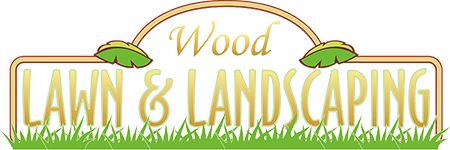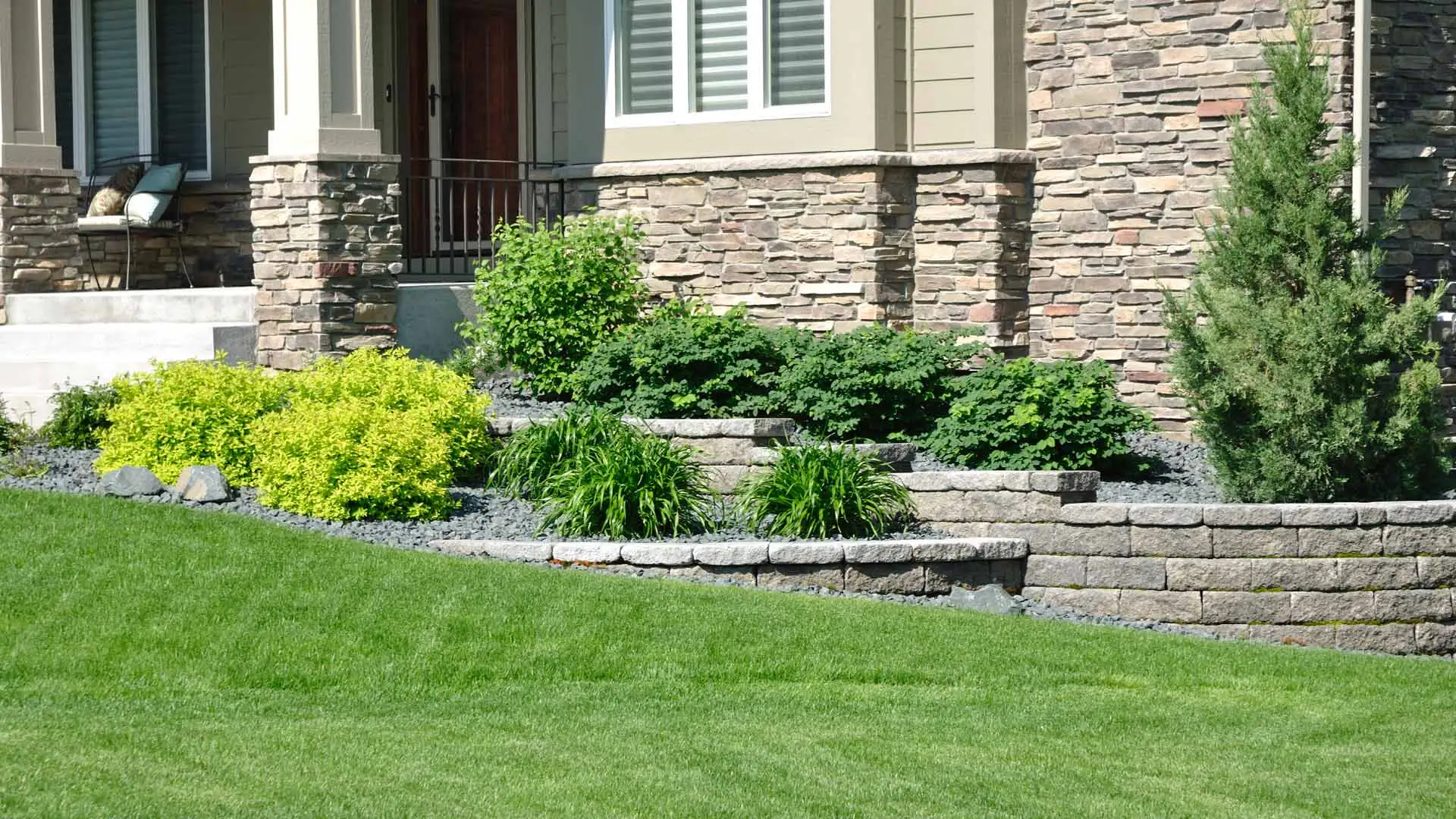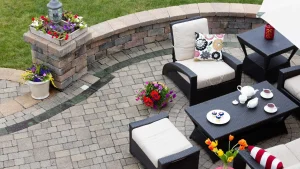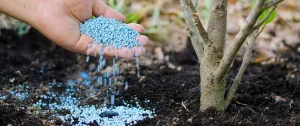Are you looking to add a functional and stylish new feature to your outdoor living space in North Carolina? If so, you should invest in a retaining wall! Retaining walls are highly functional features, especially if your property is on a slope. For example, they help slow erosion by keeping the soil in place. They can also turn your sloped land into flat, usable space. What’s more, retaining walls are stylish and can be customized to suit your aesthetic preferences. Keep reading to learn more about the functionality of retaining walls and why you should invest in one for your sloped property.
Retaining walls slow down erosion by keeping soil in place.
Soil erosion can occur on any property, but it occurs at a faster rate on sloped properties, which worsens when it rains, or there are other adverse weather conditions. Fortunately, a retaining wall is just what you need to slow down soil erosion on your sloped property! A retaining wall will anchor the soil in place, keeping it from being washed away and giving your landscape more stability.
Retaining walls can turn sloped parts of your property into flat, usable space.
When you have a sloped property, it can be difficult to utilize all of your space. After all, steep slopes can make entire areas of your property unusable. Another great function of retaining walls is that they can turn sloped land into flat, usable space. You’ll be able to utilize that land rather than letting it go to waste, from expanding your landscape to even adding hardscapes, like a patio, fire pit, or outdoor kitchen!
Retaining walls blend function and design to meet your stylistic preferences.
While retaining walls are extremely functional features for any property, they’re also very stylish! A retaining wall can be designed to meet your style preferences and whether you want it to be a focal point or blend into your existing landscape, depending on its location, size, and the materials you use. For example, a tall retaining wall with flashier materials in a more central location will make it stand out, while a smaller one with earth-toned materials in a more covert spot will help it blend in with the natural landscape. You can choose the materials you want to use for your retaining wall to fit in with your aesthetic preferences. Some common materials you can choose from are:
- Concrete Pavers - Concrete pavers can come in various sizes and shades of tan or gray, so there are a variety of options to choose from!
- Brick Pavers - Brick pavers are highly durable and can create a rustic look for your retaining wall.
- Natural Stone - There are various types of natural stone options, which come in different colors, shapes, and sizes, so you can choose what’s best for your retaining wall.
- Flagstone - Flagstone is a kind of natural stone that comes in unique shapes and earthy tones.
A retaining wall can double as a seating wall to provide additional seating for your outdoor living space.





